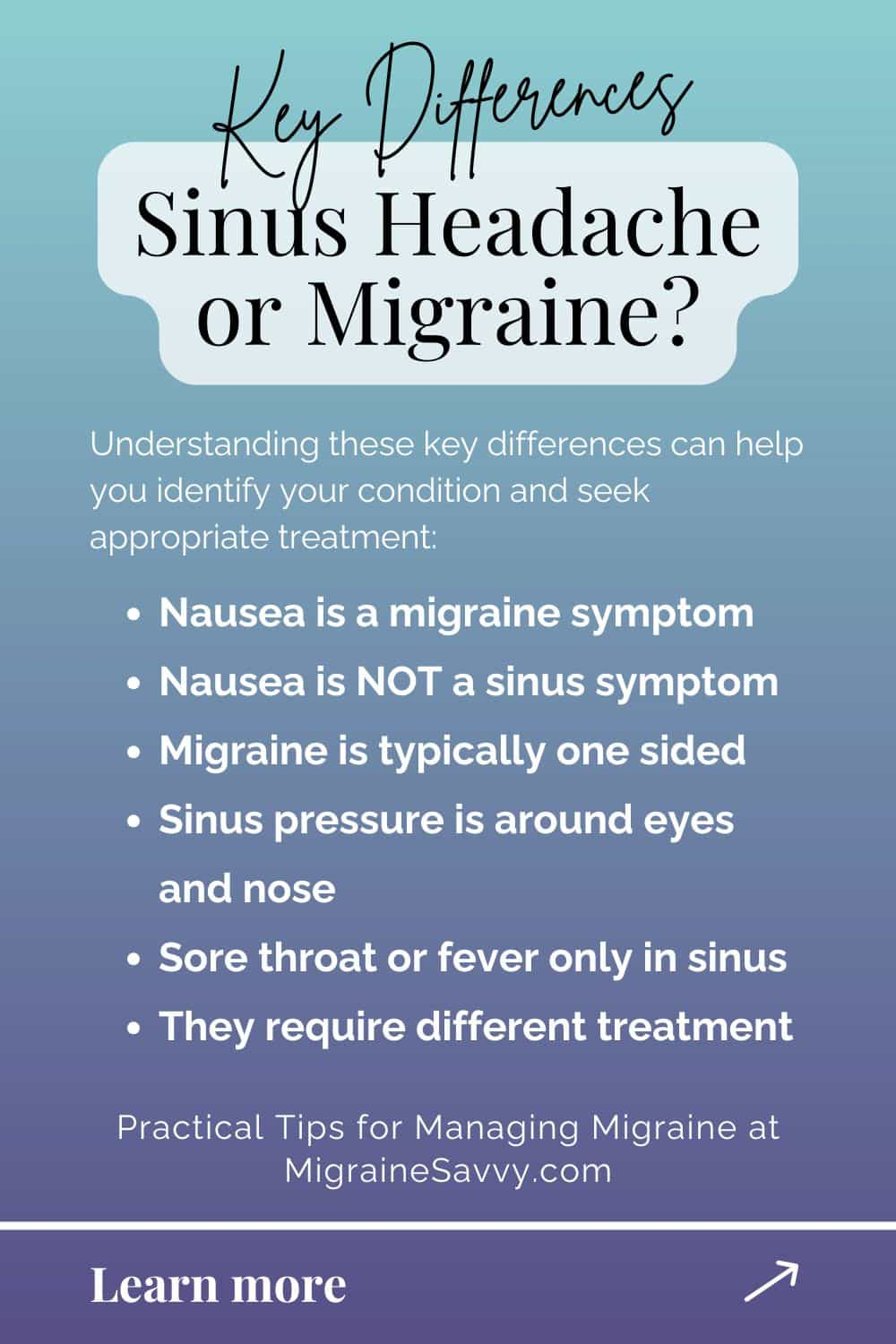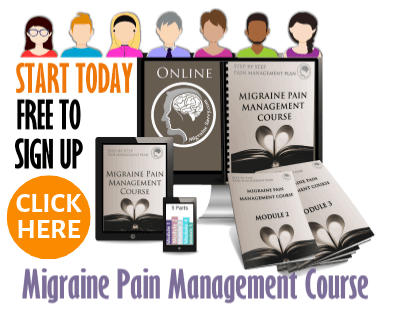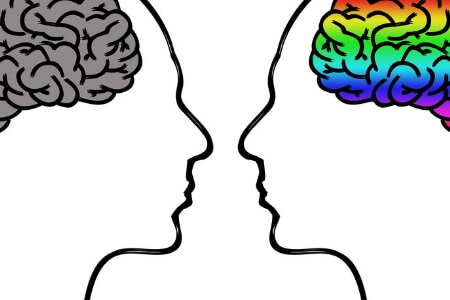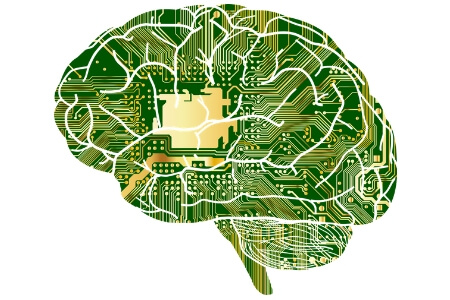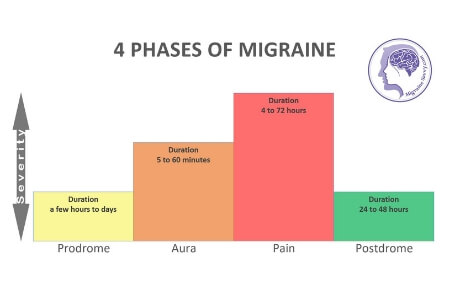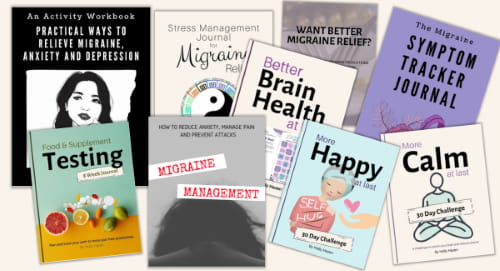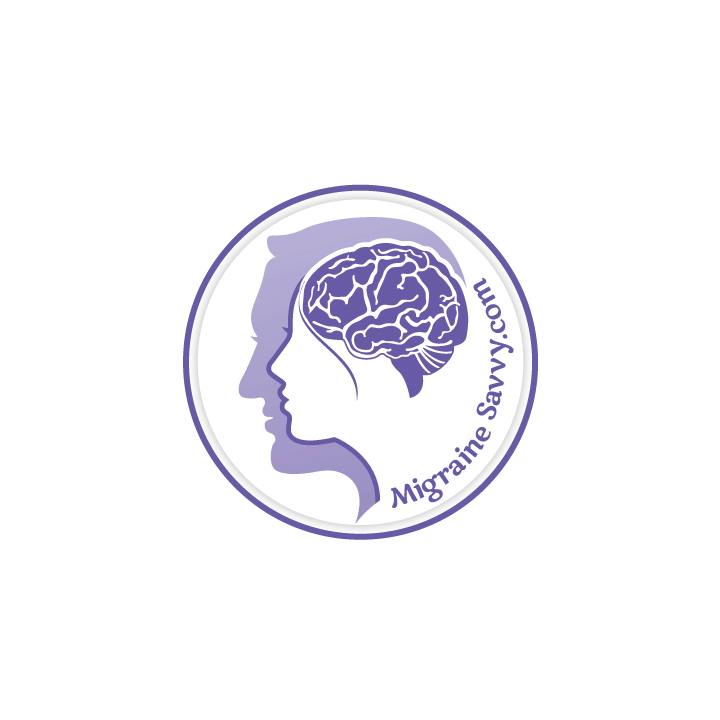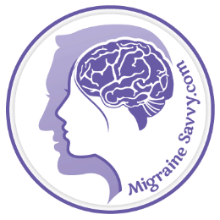- Home
- Migraine Types
- Is It Sinus Or Migraine
Magnesium Deficient = More Migraine Attacks
Science confirms this hidden trigger.
Get all 7 forms your body actually absorbs in one bottle.
🎁Save 10% with my code!
Magnesium Deficient = More Migraine Attacks
Science confirms this hidden trigger. Get all 7 forms your body actually absorbs in one bottle +
🎁Save 10% with my code!
Is It Sinus or Migraine? How to Identify, Treat, and Prevent Misdiagnosis
If you've ever experienced pressure in your sinuses, a pounding headache, or a runny nose, you might wonder: Is it sinus or migraine? These two conditions share overlapping symptoms but treating them effectively depends on getting the diagnosis right. Let's clear up the confusion.
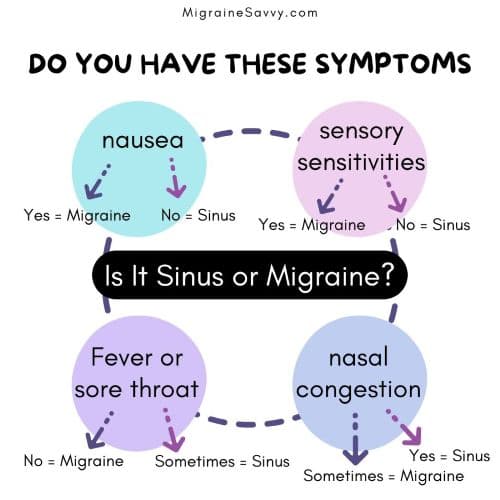 Is It Sinus or Migraine? Right Symptoms = Right Treatment
Is It Sinus or Migraine? Right Symptoms = Right Treatment
Research shows that nearly 42% of people with migraines are misdiagnosed as having sinus headaches. This confusion can lead to ineffective treatments and prolonged suffering. Let’s break down the differences, symptoms, and best treatments for each so you can find the relief you deserve.
Is It Sinus or Migraine: Understanding the Key Differences
Sinus Headache:
Sinus headaches are commonly caused by sinusitis, which is the swelling or inflammation of the sinus tissues. When your sinuses fill with fluid instead of air, they can become a breeding ground for bacteria, viruses, or fungi, leading to infection.
Symptoms of a Sinus Headache:
- Sinus pressure and pain, especially around the eyes, nose, and cheeks.
- Headache and localized pain or pulsating pain.
- Nasal congestion or discharge (runny nose).
- Puffy eyelids or teary eyes.
- Post-nasal drip, sore throat, or even a mild fever.
Migraine:
Migraine is a neurological condition that often gets mistaken for sinus issues because they can include sinus-like symptoms, such as a runny nose or watery eyes. However, migraines have distinct characteristics, including sensory sensitivities.
Symptoms of a Migraine:
- Intense, throbbing head pain (often on one side).
- Sensitivity to light, sound, or smells.
- Nausea or vomiting.
- Aura (in some cases) – visual disturbances like flashes or zigzag lines.
Key Takeaway:
If your headache is accompanied by nausea, vomiting, or sensory sensitivities, it’s more likely a migraine. Sinus headaches rarely cause these symptoms.
Telltale signs of a migraine are sensory sensitives (light, sound, smell), nausea and vomiting. You will not get these with a sinus headache.
Why Getting the Right Diagnosis Matters
Using the wrong treatment can lead to frustration and worsening symptoms. For instance:
- Over-the-counter sinus medications won’t work for a migraine.
- Migraine medications, like triptans, are ineffective against sinus infections.
Keeping a symptom journal can help your physician identify patterns and make an accurate diagnosis. Note triggers, duration, severity, and accompanying symptoms to narrow down the possibilities.
Treating Sinus Headaches vs. Migraines
To treat sinus headaches, focus on addressing the underlying inflammation or infection:
1. Medications:
- Antihistamines for allergies.
- Decongestants to relieve nasal pressure.
- Antibiotics if a bacterial infection is confirmed.
2. Home Remedies:
- Steam Therapy: Inhale steam 2–4 times daily to clear nasal passages.
- Saline Nasal Spray or Irrigation: Flush out allergens and mucus.
- Humidifiers: Keep the air moist to prevent sinus dryness and irritation.
3. Lifestyle Adjustments:
- Stay hydrated to thin mucus.
- Avoid allergens like dust or pollen during peak seasons.
- Use herbal supplements like olive leaf extract to boost immunity (consult your doctor first).
Steam Therapy for Sinus Relief
 Use Steam to Relieve Sinus Headaches
Use Steam to Relieve Sinus HeadachesStep-by-step guide for using steam therapy:
1. Choose a large glass bowl.
2. Bring water to boil in a kettle.
3. Use Vicks vapor rub or choose an essential oil (the best ones for relieving sinus congestion are eucalyptus; peppermint; tea tree; lavender; rosemary)
4. Drape a large, clean cotton towel over your head and then tip your head over the steaming pot. Close your eyes and keep your face at least 12 inches (30.5 cm) away from the water. You want the steam to enter your nose and throat, but you don’t want to burn yourself.
5. Breathe slowly. Inhale through your nose and out through your mouth if that's more comfortable. Repeat for 10 minutes or for as long as the water is still steaming. Blow your nose during and after the treatment if needed.
Use this technique frequently. You can give yourself a steam every two hours or as often as your schedule permits.
If you're busy and on the go, a humidifier can be used to help relieve sinus pressure. Or use a saline nasal spray. If you have none of this at home, you can try irrigating your nasal passages with salt water.
Know what you have so you can treat it properly.
My #1 Choice in Magnesium Supplementation
Migraine Treatments:
A migraine often requires abortive medications to stop symptoms or preventatives to reduce frequency:
1. Medications:
- Triptans: Highly effective when taken at the onset of symptoms.
- Preventative medications for chronic cases (e.g., beta-blockers, anticonvulsants).
- Over-the-counter NSAIDs for a mild migraine attack (use sparingly).
2. Lifestyle Changes:
- Maintain a consistent sleep schedule.
- Avoid known triggers like caffeine, certain foods, or stress.
- Practice relaxation techniques, such as yoga or meditation.
3. Alternative Therapies:
- Acupressure or Acupuncture: May relieve tension and reduce migraine intensity.
- Aromatherapy: If they don't trigger an attack, lavender and peppermint oils can help soothe symptoms.
Pro Tip: Always consult your physician to tailor a treatment plan that works best for your unique needs.
My #1 Choice in Magnesium Supplementation
Seasonal Triggers: Are Your Sinus or Migraine Symptoms Worse in Certain Weather?
Both sinus headaches and migraines can be influenced by environmental factors:
- Spring and Fall Allergies: High pollen counts can trigger sinus issues and migraines in sensitive individuals.
- Winter Dryness: Cold, dry air can irritate sinuses and make migraines worse.
- Summer Heat and Humidity: Barometric pressure changes and dehydration can set off an attack.
Tips for Managing Seasonal Triggers:
- Use air purifiers and allergen filters during allergy seasons.
- Stay hydrated and avoid outdoor activities during extreme weather.
- Try saline rinses and humidifiers to counteract dry air.
How to Tell If It’s Sinus or Migraine: A Quick Checklist
Symptom |
Sinus Headache |
Migraine |
|
Runny nose or nasal congestion |
Yes |
Sometimes |
|
Pain around eyes, cheeks, forehead |
Yes |
Yes |
|
Nausea or vomiting |
No |
Yes |
|
Sensitivity to light or sound |
No |
Yes |
|
Fever or sore throat |
Sometimes |
No |
|
Sensory sensitivities |
No |
Yes |
Bottom line: if your symptoms include sensory sensitivities or nausea, you're likely dealing with a migraine.
What You Can Do Now
- Start a symptom journal to track your headaches.
- Use treatments tailored to your diagnosis (migraine vs. sinus).
- Consult a physician for persistent or severe symptoms.
For sinus headaches, focus on reducing inflammation and improving sinus health. For migraines, prioritize abortive medications and preventive measures.
RECAP: Regular migraine attacks need a treatment plan using prescribed abortive medications (in most cases); a sinus attack needs antihistamines, and if infected - antibiotics.
Need help keeping track of your headaches? Download the free migraine diary and symptom tracker to share with your doctor. Join our mailing list here!
The Right Diagnosis = Better Relief
Understanding whether your pain is sinus or migraine can make all the difference. Proper treatment minimizes symptoms, improves quality of life, and prevents unnecessary suffering. If you’re unsure, consult your doctor for an accurate diagnosis.

WANT MORE TIPS? Subscribe to my newsletter and follow along on Facebook and Pinterest for all of the latest updates.
MIGRAINE TYPES Related Articles
How to be more MIGRAINE SAVVY right now...
Is It Sinus or Migraine References:
1. International Headache Society (2024) ICHD-3 Classification of Headache Disorders. Available [online] at: https://ichd.org
2. American Migraine Foundation (2024) Understanding Migraine and Headache Types. Available [online] at: https://americanmigrainefoundation.org
3. University of Maryland Medical Center (2022) Sinus Headache Causes and Treatments. Available [online] at: https://www.umms.org/ummc/health/medical/altmed/condition/sinus-headache

